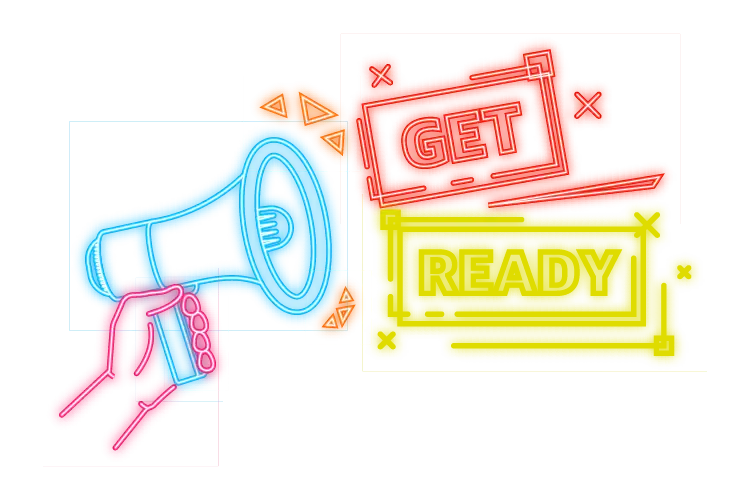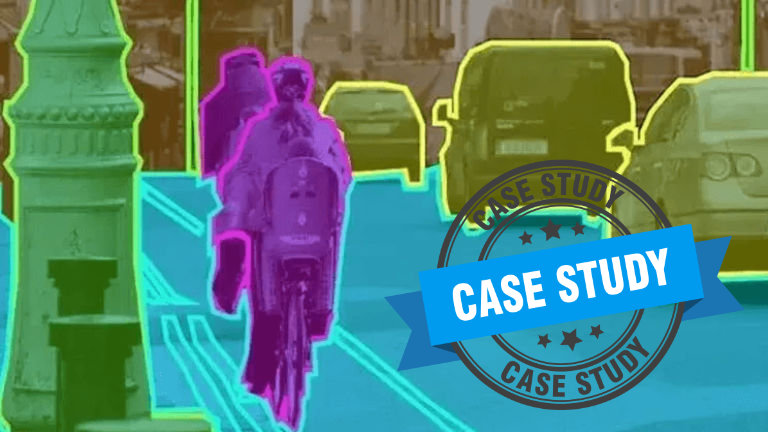AI has learned to tell them apart
by analyzing 25,000 labeled images.
Image Labeling
Image labeling involves the annotation process of labeling or tagging objects, regions, or features within images to provide context and understanding for machine learning algorithms.
Looking for Image Labeling Solutions?
If you find yourself needing more labeled images to train your AI model, we can assist by providing quick and accurate labeling to expand your data set. Should your current labels lack precision and affect your model’s performance, our team is equipped to enhance label accuracy, ensuring better results.
We can efficiently manage and label a large volume of images, easing your workload. For specialized requirements, such as bounding boxes or segmentation, we offer tailored solutions to meet your specific needs.
We also ensure that your data is consistently accurate and well-labeled through thorough quality checks.

What is Image Labeling?
Image labeling is the process of assigning predefined tags or categories to an entire image or elements within it. This helps machine learning models understand what the image represents – for example, labeling an image as “dog,” “cat,” or “outdoor scene.”
What is Image Annotation?
Image annotation goes a step further. It involves marking specific regions within an image – such as drawing bounding boxes, polygons, or key points – and tagging them with relevant labels. This provides detailed spatial information, enabling models to detect, locate, and track objects.
Both are essential for training accurate computer vision systems in areas like autonomous driving, facial recognition, medical imaging, and more.
Learn Image Labeling!

Image Labeling Essentials
DeeLab Academy combines theoretical knowledge with hands-on exercises and examples, equipping participants to confidently apply their skills in professional settings.
Use Cases
Image labeling is essential in computer vision tasks, including object detection, image classification, semantic segmentation, and image captioning.
Object Detection plays a vital role in various applications, such as enabling Autonomous Vehicles to recognize pedestrians, cars, and traffic signs, facilitating Retail businesses in product recognition, and enhancing Surveillance systems by identifying objects of interest.
Image Classification finds its significance in several fields, including Healthcare, where it aids in medical condition diagnosis, E-commerce for efficient product categorization, and Content Organization by enabling precise image search and recommendation.
Semantic Segmentation is essential in applications like Autonomous Vehicles, where it provides precise identification of road elements, Medical Imaging for organ or tumor segmentation, and Satellite Imagery for tasks like land use and urban planning.
Image Captioning serves multiple purposes, from enhancing Accessibility by assisting visually impaired individuals to contributing to SEO efforts by providing image descriptions for search engines. Additionally, it fosters Enhanced AI Communication by generating descriptive captions for images.
Techniques
Common image labeling techniques include bounding boxes, polygons for object segmentation, keypoints for pose estimation, and pixel-level semantic segmentation.
Bounding box annotation is a technique used in computer vision to draw rectangular boxes around objects in images or videos. It helps train AI models to recognize and locate objects accurately, enhancing their performance in various applications like object detection and tracking. This precise annotation enables businesses to leverage AI for improved decision-making and automation.
Polygon annotation is a method used in computer vision to outline complex shapes or objects in images or videos. Instead of rectangular boxes, polygons are drawn around the objects to provide more accurate and detailed annotations. This technique is particularly useful when dealing with irregular or non-rectangular objects. By employing polygon annotation, AI models can better understand and identify intricate patterns, leading to enhanced performance in applications like image segmentation and object recognition.
Keypoint annotation is a specialized technique used in data annotation to mark specific points of interest on objects or subjects within images or videos. These points, known as keypoints, represent distinct landmarks or key features, such as joints in human pose estimation or facial features like eyes, nose, and mouth. By providing precise and detailed keypoints, machine learning models can learn to recognize and understand the spatial relationships between different parts of the objects. Keypoint annotation is essential for various applications, including human activity recognition, facial expression analysis, and pose estimation in computer vision and AI systems.
Semantic segmentation is a crucial data annotation technique used to identify and label specific objects or regions within an image. Unlike bounding boxes or keypoints, semantic segmentation focuses on pixel-level annotation, assigning each pixel in an image to a specific class or category. By segmenting the image at such a granular level, machine learning models can understand the precise boundaries and contexts of different objects or areas, enabling them to perform accurate image recognition and understanding tasks. Semantic segmentation is widely applied in various domains, including autonomous vehicles, medical imaging, and scene understanding, where the detailed segmentation of objects is vital for advanced AI applications.
Labeling Tools
Various labeling tools, such as Labelbox, CVAT, and VGG Image Annotator (VIA), provide user-friendly interfaces and advanced features for annotators to label images efficiently.
CVAT (Computer Vision Annotation Tool) is an open-source annotation platform designed to simplify and streamline the process of annotating images and videos for computer vision projects. It offers a comprehensive set of annotation tools, including object bounding boxes, polygons, key points, and semantic segmentation masks, enabling accurate and efficient annotation tasks.
Labelbox is a leading data annotation platform that empowers businesses to build and manage high-quality training datasets for machine learning and AI applications. It offers a user-friendly interface and a wide range of annotation tools, including object bounding boxes, polygons, keypoints, and semantic segmentation masks, making it suitable for diverse computer vision projects.
VGG Image Annotator (VIA) is an open-source image annotation tool that provides a simple and efficient solution for labeling images for various computer vision tasks. Developed by the Visual Geometry Group (VGG) at the University of Oxford, VIA offers a lightweight and user-friendly interface, making it accessible to both researchers and developers
Is Your Project Our New Success Story?
What's Next?

Discovery Call
We begin by thoroughly understanding your project goals, data requirements, and specific annotation needs. This detailed assessment allows us to tailor our approach precisely to your project’s unique specifications, ensuring accurate and effective results.

Scope Of Work
Our team collaborates closely with you to clearly define the project’s scope, establish realistic timelines, and outline key deliverables. This ensures that every aspect of the project is aligned with your expectations and that we meet your objectives efficiently and effectively.

Proposal
Receive your competitive quote and see how our services stand out. We are committed to demonstrating how we can surpass your current providers in terms of quality and value, ensuring that you get the best results for your investment.
Transform raw images into labeled treasures for AI insight.

Shall We Have a Call?
The best way to embark on your annotation journey is by scheduling a free Discovery Call with us. In this brief 30-minute session, our experts will understand your project requirements, discuss your goals, and provide tailored guidance on the next steps.
Book your call today
And explore the possibilities of working together! It’s the first step towards unlocking the full potential of your data.
Articles

AI Content Moderation
The internet moves too fast for human-only moderation — and AI systems trained on human-labeled data now play a key role in detecting harmful content. But even with the best annotations, AI can miss context, nuance, and intent.

Waste Segregation in the Age of AI
Waste Segregation in the Age of AI is taking center stage as urban growth and evolving consumption habits intensify the challenges of waste management. Traditional manual methods can no longer keep up, while AI offers a faster, more efficient solution if trained effectively.

Image Annotation Training Highlights
Image Labeling Essentials is one of DeeLab Academy’s recently launched certification courses. This 5-day image annotation training focuses on core labeling methods used in machine learning—especially in computer vision tasks like object detection, pose estimation, and image segmentation.
